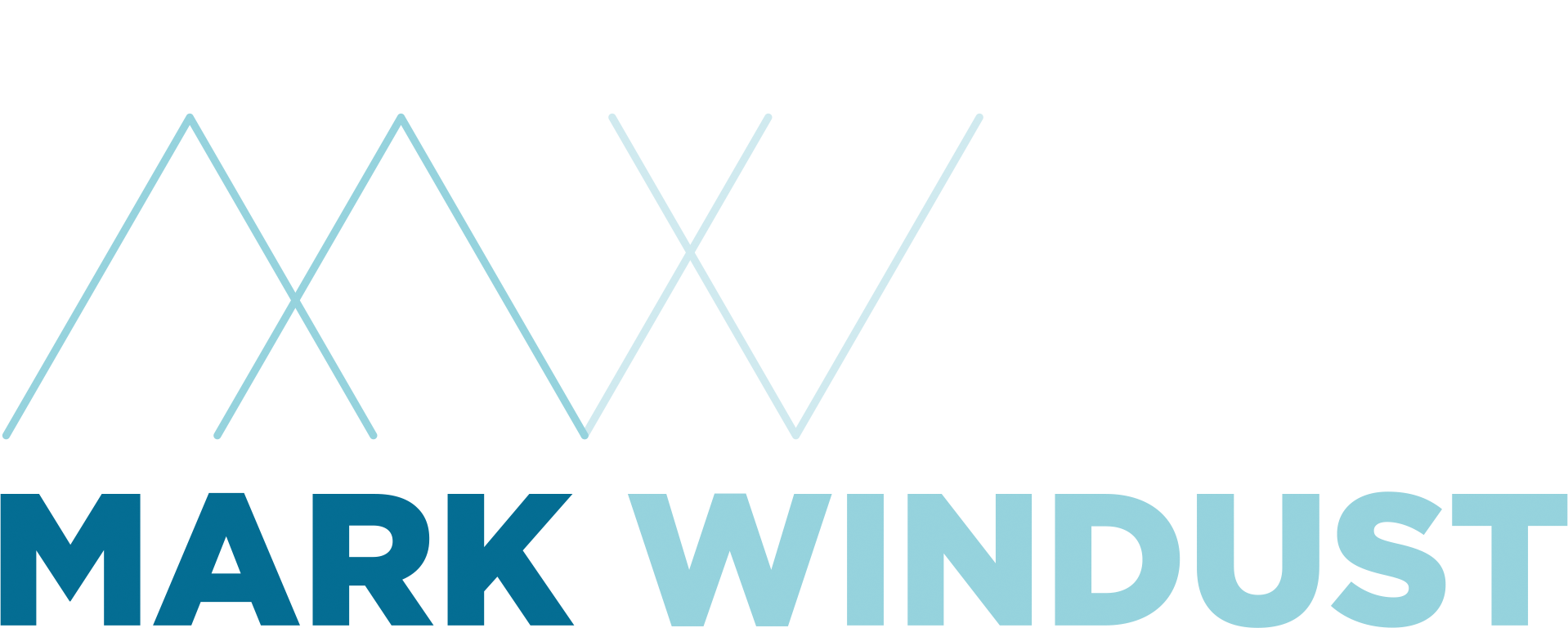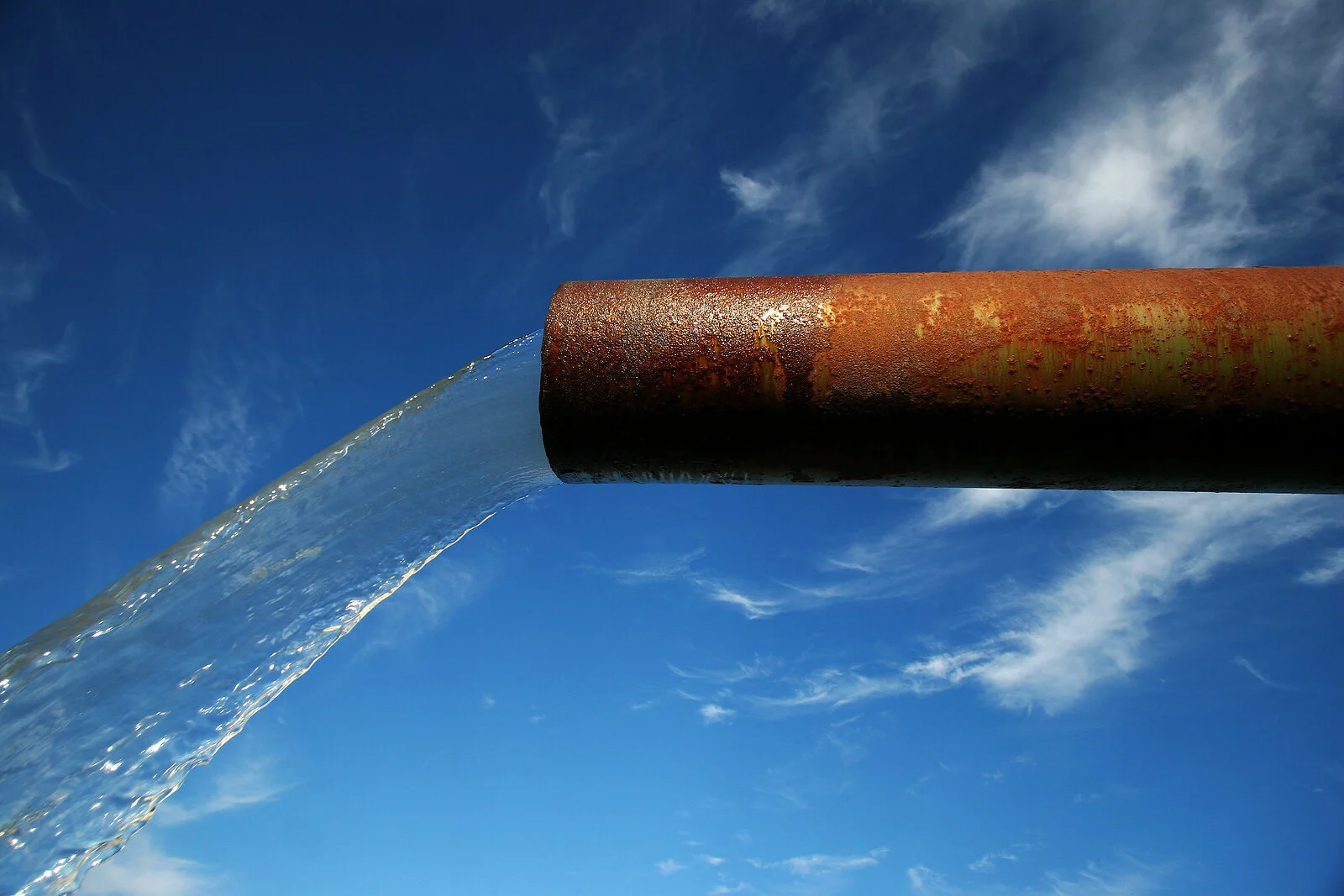Inflow vs Outflow
Inflow vs Outflow: The Two Ways to Survive a Recession
It seems that we're going from one crisis to another. A month ago, New Zealand was suffering from the worst drought in modern history and many regions were in a water crisis.
Being on tank supply, I rely on rain for my water. Because the inflow was non-existent, I had to implement strategies to reduce my water use (outflow). But I could only reduce my water use so far. I still needed a certain amount of water each day to maintain a healthy and sustainable household. So, I had to look at strategies to increase my inflow.
I think businesses are the same. Instead of water, businesses need cash to survive. That is, they need to generate more cash inflow (sales) than cash outflow (expenses). I know this is business 101, but being in a recession is like being in a drought.
When we're in a recession we've got two strategies for survival:
1. Decrease expenses (outflow)
2. Increase sales (inflow)
The default strategy for many companies is to cut costs. This is a good strategy, but there is only so much you can cut out of your business before it starts affecting your ability to generate sales.
Heading into a recession, often the best approach to survival is to build your sales capabilities, so that you don't have to cut out the things that are going to give you a competitive advantage (like your people).
Companies with strong sales capabilities are often the ones that come out of a recession in the best shape. Those that only focus on cost cutting can find themselves suffering a slow death.
I'm interested in your thoughts. What is your company's approach to increasing inflow?
Mark Windust is an influential Thought Leader in the areas of Sales Strategy, Sales Leadership and Sales Performance. Since launching his consulting practice in 2007, Mark has worked with 1000's of business leaders, salespeople and entrepreneurs’ to help them transform their sales results.

